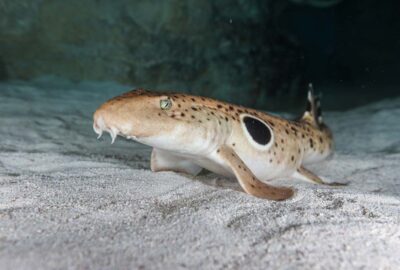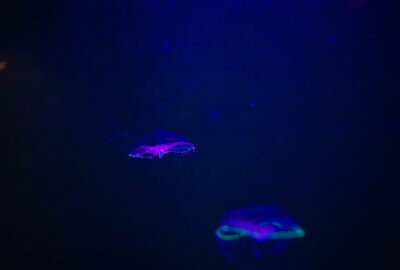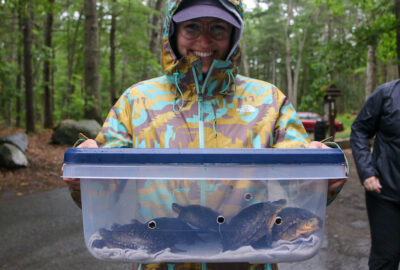A Tribute to Dads
Any male can be a father, but it takes someone special to be a dad. And when it comes to the animal kingdom, some dads go above and beyond the call of duty. From hatching eggs in their mouths to birthing hundreds of young, these special species have some pretty rad dads.
By New England Aquarium on Thursday, June 18, 2020

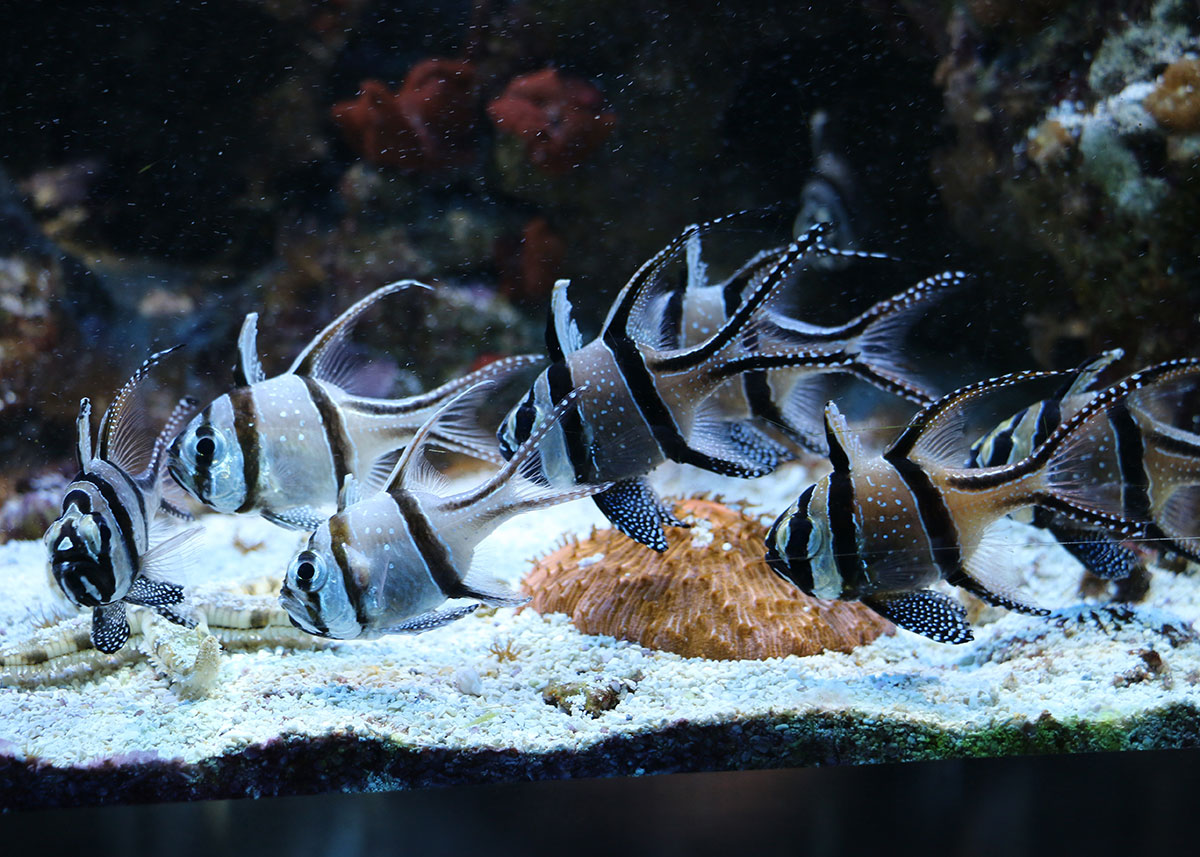
By Vanessa Kahn
The Banggai Cardinalfish’s Maternity Ward

If you see a Banggai cardinalfish (Pterapogon kauderni) with a distinctly larger jaw, you may be looking at a male brooding his young. The father plays an important role in successfully raising the next generation of this threatened fish species. He has a large oral cavity to accommodate the eggs and young that he nurtures attentively.
A father may roll the pinkish eggs in his mouth to rearrange and oxygenate them. Once the eggs hatch and the fry become more difficult to contain, you might see a flurry of fins emerging from the male’s bulging mouth. After all, fathers can’t hold onto their babies forever!
What to Expect When Your Father is Expecting
Male lined seahorses (Hippocampus erectus) hold 250 to 650 eggs after mating with a female. The father carries the fertilized eggs for about 20 days in his brood pouch, until he’s ready to release the live offspring into the water column. In the wild, breeding typically happens from May to October, triggered by the warmer water temperatures. But the seahorses at the Aquarium don’t really have a breeding season. Rather, they tend to breed whenever the biologists turn up the temperature in their habitat. This means you could see a laboring dad at the Aquarium any time of year!
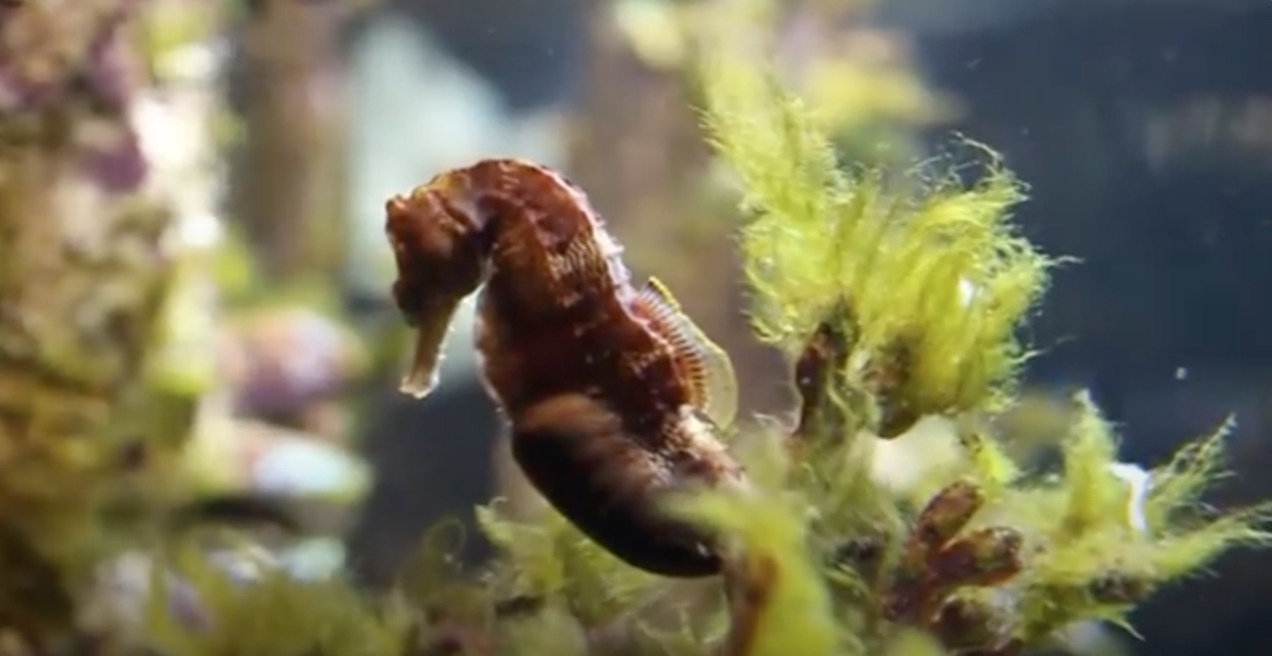
Baby Seahorses
Did you know it's the male seahorse that carry the babies and give birth? Our aquarists recently caught the special event on video.
African Penguin Papas

African penguins (Spheniscus demersus) are in danger of extinction, so our penguin biologists are doing all they can to keep the birds in our care happy and healthy, and that means maintaining a thoughtful breeding program. Next time you visit, keep an eye out for some of our African penguin fathers. Seneca (a green and pink ID bracelet on the left wing) has helped raise 11 healthy penguin chicks, while Benguela III (a yellow and pink ID bracelet on the left wing) is not far behind with nine. These penguin papas have their flippers full!
Penguin Biologist Andrea Newman, however, stresses that even though these dads are great, it’s important to remember it’s a two-parent job to raise a chick. Both penguin species at the Aquarium share incubating and feeding responsibilities!

